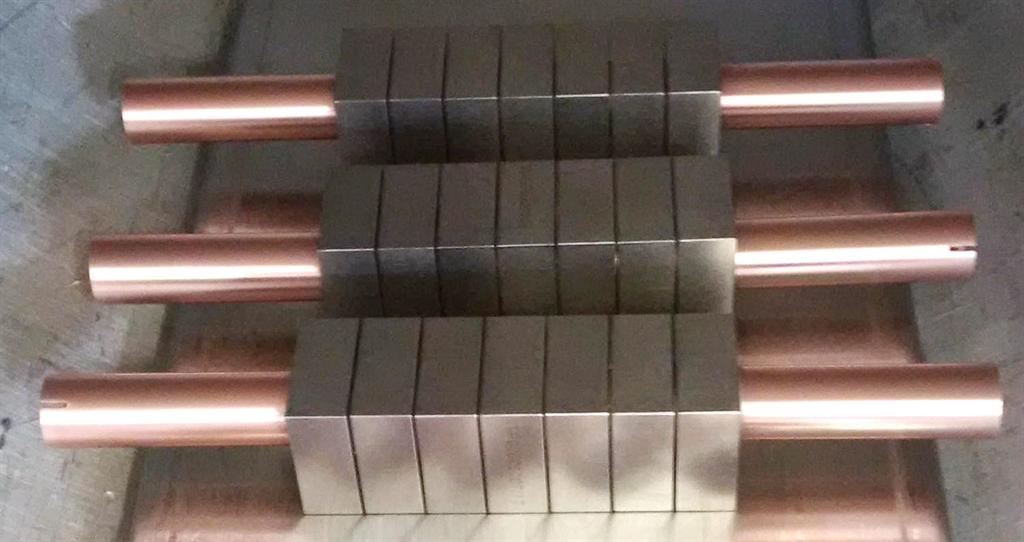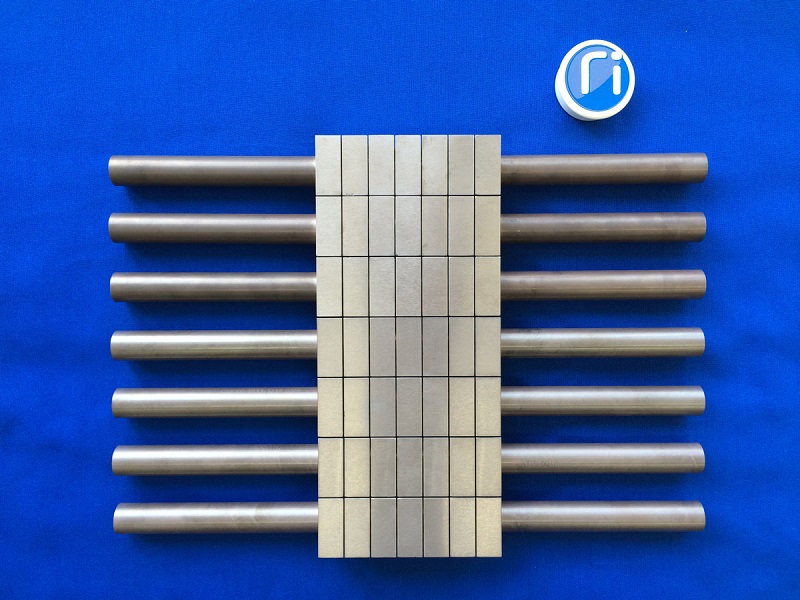F4E moves ahead with ITER’s Divertor Inner Vertical Target pre-qualification programme


Stage 1 of the divertor inner vertical target pre-qualification programme has been completed with the successful manufacturing and testing of small-scale mock-ups by three companies namely ATMOSTAT-ALCEN (France), CNIM (France) and Research Instruments (Germany). This stage involved validating the fabrication technologies the companies have proposed through the manufacture of representative mock-ups of the inner vertical target measuring around 1/19th of the actual size of the future ITER divertor inner vertical target. Together with the already approved contractor Ansaldo Nucleare, all partners will now move forward to the second stage of the pre-qualification programme with the manufacturing and testing of full-scale inner vertical target prototypes. As a key part of the pre-qualification process, the mock-ups were subjected to high heat flux testing at the Efremov Institute in Russia where the conditions (5 000 cycles at 10 MW/m2 plus 1 000 cycles at 20 MW/m2) were in excess of the ones expected in ITER in order to check the margin for resistance.
This positive development comes following the launch of the multiple framework contracts which F4E signed with these three partners in June 2015. With different companies contracted, F4E ensures that competition is healthy and fair. Additionally advantageous is the different technologies which are developed and which will mitigate technical risks also avoiding the establishment of industrial monopoly.



Located at the very bottom of the vacuum vessel, the ITER divertor is made up of 54 remotely-removable cassette assemblies, each holding three plasma-facing components (namely, the inner and outer vertical targets and the dome). The technical design will enable the targets, in their lower part, to intercept the magnetic field lines, and therefore divert (thus the name ‘divertor’) the high particle heat flux load coming from the plasma. F4E is responsible for providing the inner vertical target and the cassette bodies. The Japanese and Russian ITER Domestic Agencies are responsible for providing the outer vertical target and the dome respectively.
